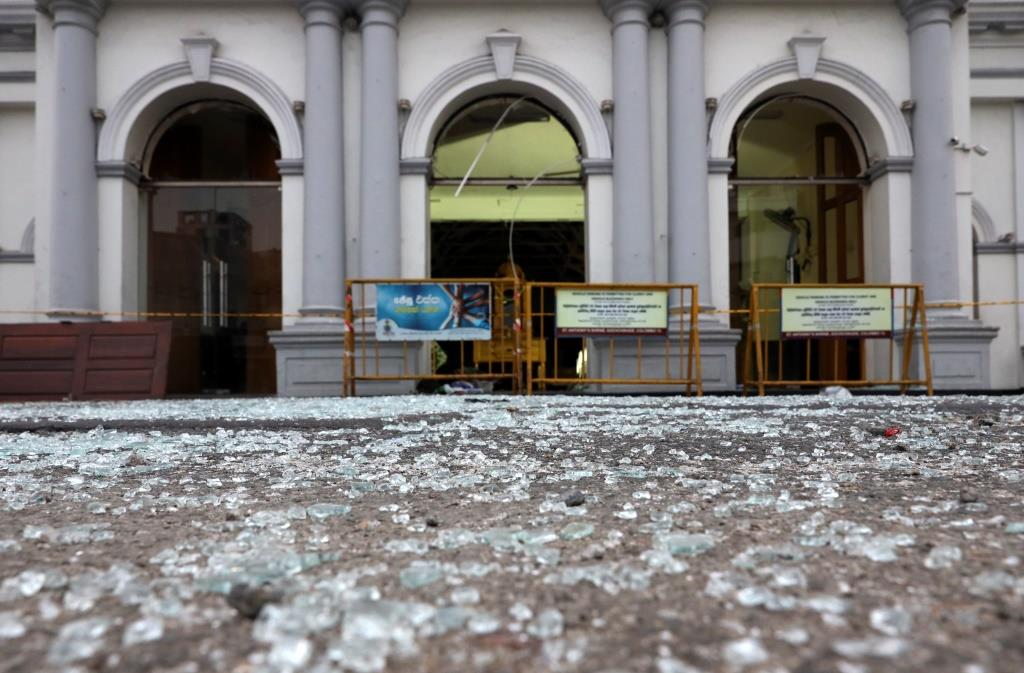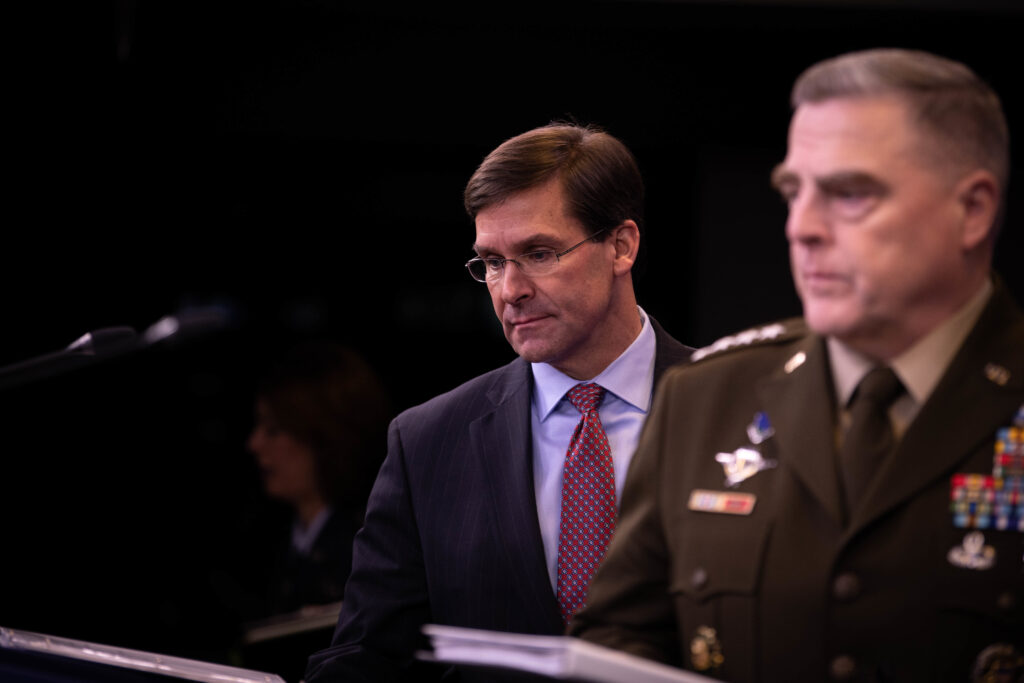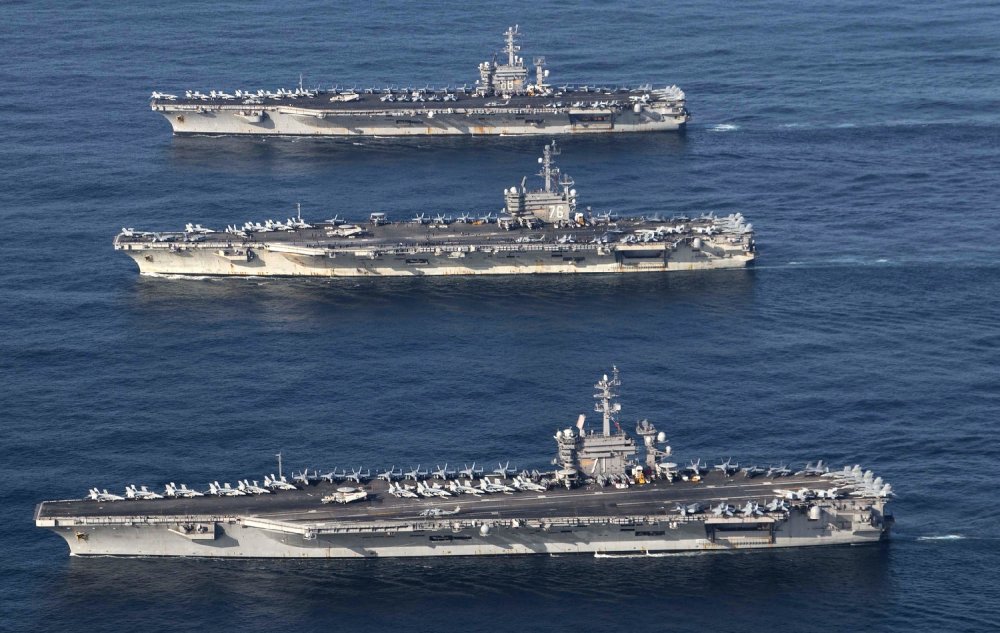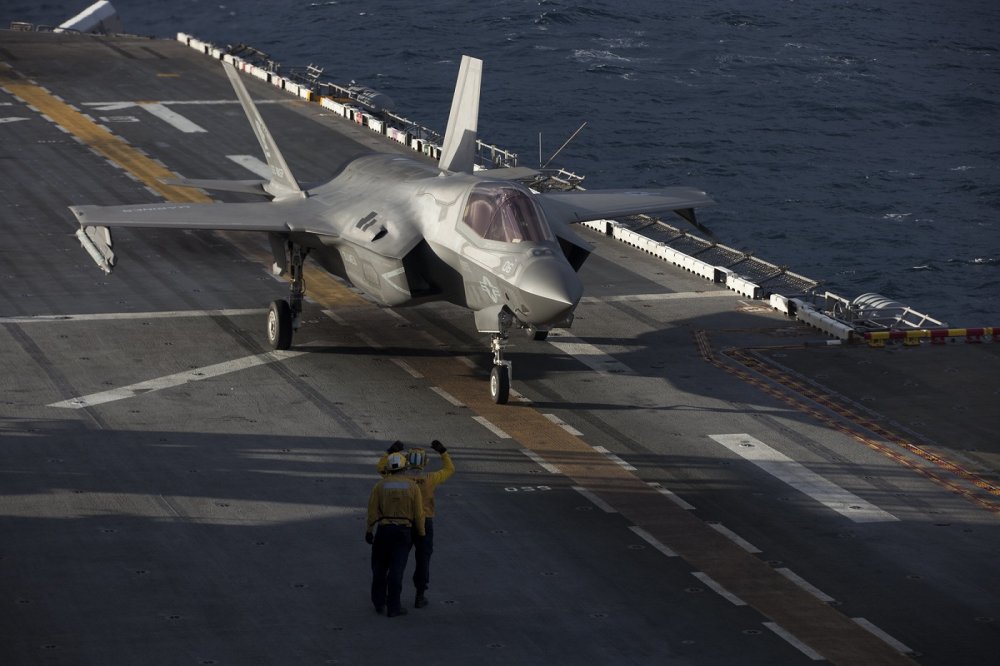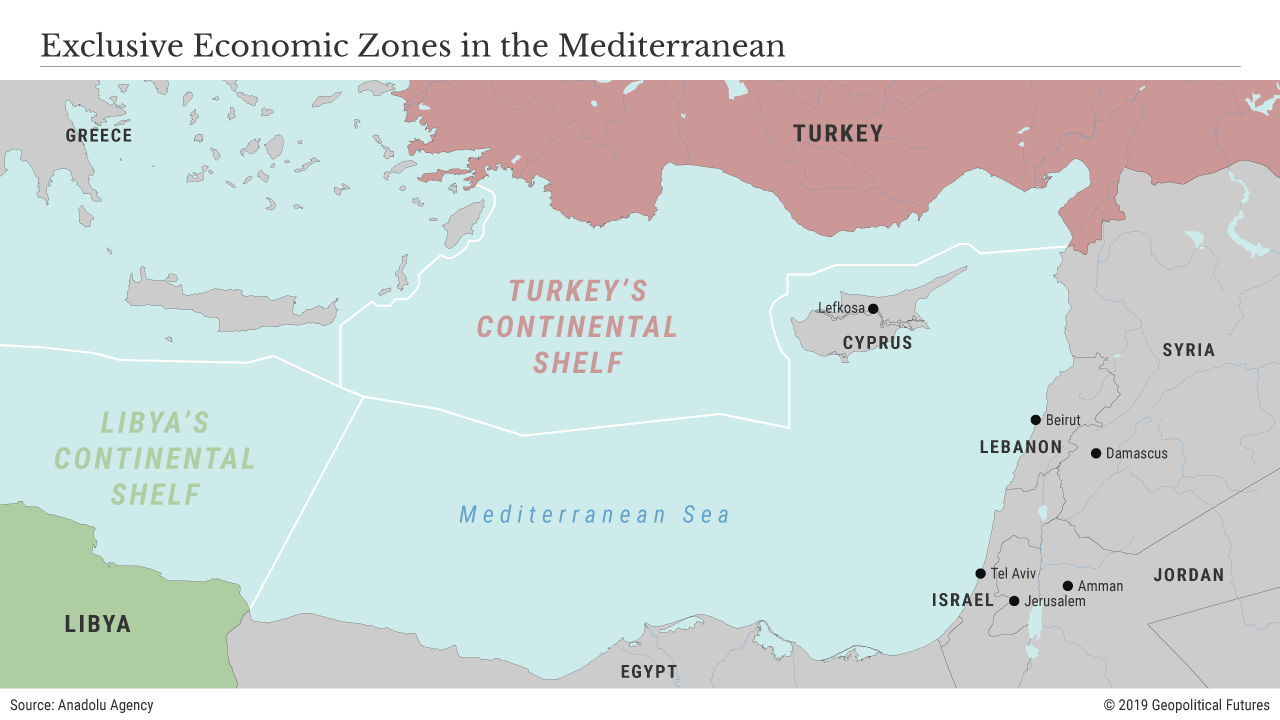Rahul Roy-Chaudhury
Cooperation on counter-terrorism is an important, but little-known, aspect of the India-UK security relationship. This was formally institutionalised in 2002 with the establishment of their foreign ministry-led Joint Working Group (JWG) on Terrorism. Continued and more sustained cooperation on counter-terrorism will remain key to a meaningful bilateral strategic partnership.
Both countries have a strong shared interest in preventing terror attacks on their mainland, having suffered such attacks in the recent past. The deadliest single terror act on British soil took place in London on 7 July 2005; one of the most devastating terror attacks in India took place in Mumbai on 26-28 November 2008. With the Indian government now perceiving terrorism as the single biggest threat to peace, security and development, counter-terrorism has emerged as one of Indian Prime Minister Modi’s top priorities for bilateral and multilateral cooperation.
Bilateral cooperation
